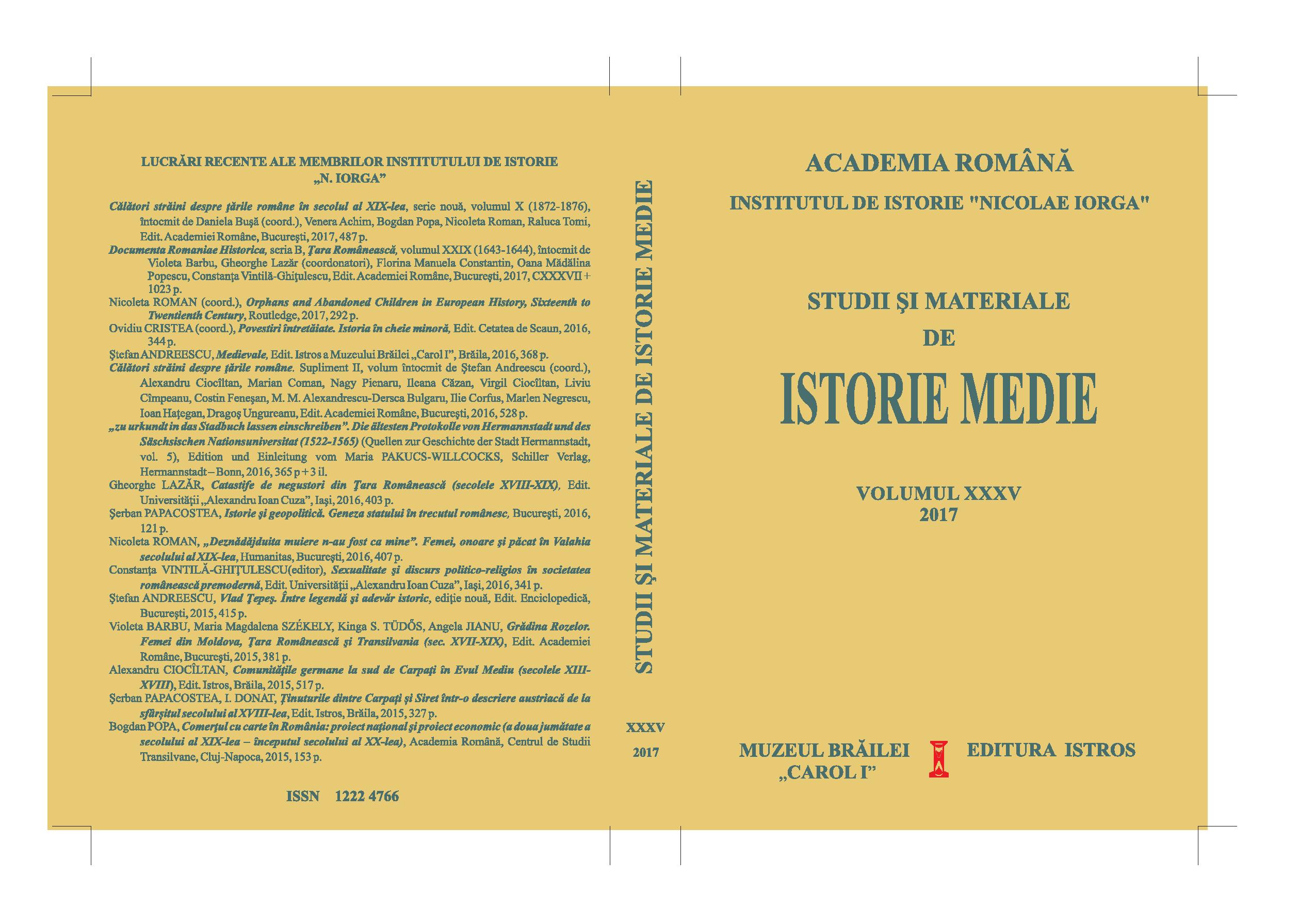O problemă de percepție istoriografică: Ce a fost „moștenirea bizantină” pentru România?
A Matter of historiographical perception: What was the „Byzantine Heritage” for Romania?
Author(s): Petre Guran Subject(s): History, History of ideas, Middle Ages, Modern Age
Published by: Institutul de Istorie Nicolae Iorga
Keywords: Byzantine heritage; Romania; historiography; Nicolae Iorga; Orthodoxy
Summary/Abstract: The study proposes a new evaluation of the formula “Byzantine heritage” in Romanian historiographical and cultural consciousness. Starting with the reception of Byzantine history and culture in modern Romania, the study reopens the question of the medieval awareness of a Byzantine heritage and operates several distinctions: firstly between different “Byzantine” institutional actors in Late Middle Ages, like the Empire and its aristocratic and intellectual elites and the Church and its ecclesiastical network, secondly between different “Byzantine” ideas derived from the Roman imperial idea, that circulated after the fall of Constantinople: the holy autocracy, on one hand, and the Orthodox idea, on the other hand. We owe to Iorga’s Byzance après Byzance the intuition to operate such distinctions, when he evaluates that Byzance d’Église was more successful than the other one, presumably Byzance d’Empire. Nevertheless, this medieval understanding of the “Byzantine heritage” was abandoned in the early phases of Romania’s westernization. The 20th century’s quest for a “Byzantine heritage” is linked with the nation-building process and its need to propose a distinctive and rich identity.
Journal: Studii şi Materiale de Istorie Medie (SMIM)
- Issue Year: 2017
- Issue No: XXXV
- Page Range: 373-391
- Page Count: 19
- Language: Romanian
- Content File-PDF

